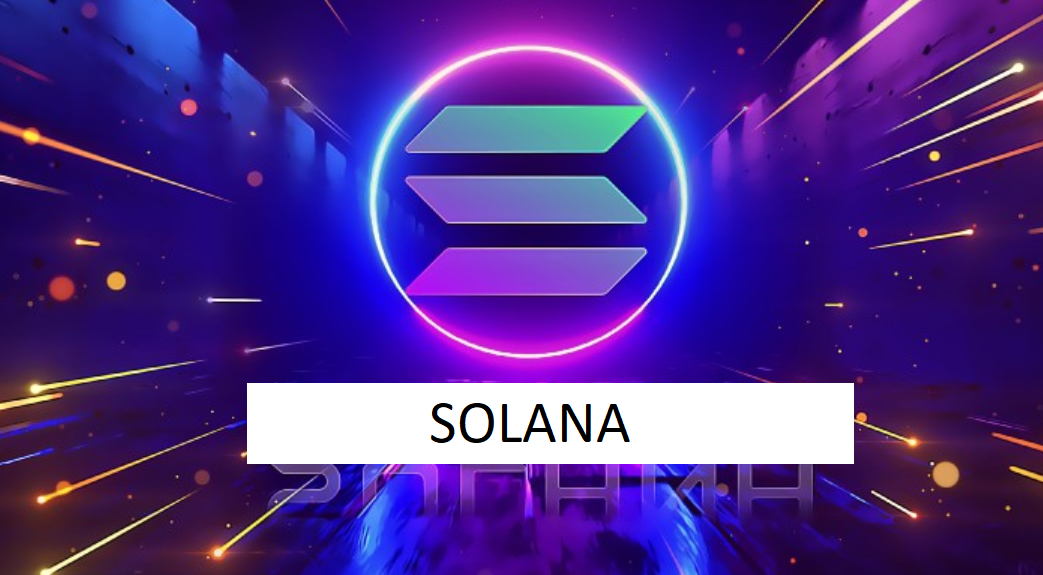Introduction to Solana
In the ever-evolving landscape of decentralized finance (DeFi), Solana emerges as a beacon of innovation. Founded officially in March 2020 by the Solana Foundation, headquartered in Geneva, Switzerland, Solana is not just another blockchain project; it’s a paradigm shift towards scalability and accessibility in the DeFi realm.
Unveiling Solana (SOL)
At its core, Solana is an open-source project harnessing the power of blockchain’s permissionless nature to pioneer DeFi solutions. It aims to revolutionize decentralized application (DApp) development by introducing novel consensus mechanisms.
The Visionary Minds Behind Solana
Anatoly Yakovenko, the driving force behind Solana, embarked on this journey in 2017, drawing from his extensive experience at Qualcomm and Dropbox. Teaming up with Greg Fitzgerald, a former colleague from Qualcomm, they founded Solana Labs, laying the groundwork for the Solana protocol and its native token, SOL.
Unique Features Setting Solana Apart
Solana’s innovation lies in its proof-of-history (PoH) consensus, conceived by Anatoly Yakovenko. This breakthrough paves the way for unparalleled scalability, epitomized by lightning-fast transaction processing times. Solana’s hybrid protocol seamlessly integrates PoH with proof-of-stake (PoS), attracting both individual and institutional investors alike.
Solana’s Meteoric Rise and Challenges
Ranked 7th on CoinMarketCap as of September 2021, Solana’s meteoric ascent has been fueled by its remarkable performance. However, intermittent outages and concerns over tokenomics have tempered its aspirations to become the “Visa of crypto.” Despite challenges, Solana continues to redefine the DeFi landscape.
Solana Tokenomics: A Closer Look
With a total supply of 489 million SOL tokens, Solana’s distribution underscores its commitment to transparency and decentralization. From initial seed sales to allocations for team members and the foundation, SOL’s journey reflects its evolution from inception to mainstream adoption.
Securing the Solana Network
Solana’s security architecture combines PoH and PoS consensus mechanisms, ensuring the integrity and trustlessness of its blockchain. PoH records transaction history, while PoS validates block sequences, creating a robust foundation for Solana’s ecosystem.
Where to Trade Solana (SOL)
SOL tokens are readily available on leading exchanges such as Binance and Coinbase, offering liquidity and accessibility to investors worldwide. As with any investment, due diligence is paramount, but Solana’s presence on reputable platforms reaffirms its legitimacy.
Explore Further
Dive deeper into the world of blockchain with related projects like Steem and Marlin, or expand your knowledge of DeFi through educational resources like Alexandria. Stay updated on Solana’s performance with the CoinMarketCap mobile app and leverage its exchange rate calculator for real-time insights.
Conclusion
Solana isn’t just a blockchain project; it’s a testament to innovation and resilience in the ever-evolving landscape of DeFi. With its groundbreaking technology and unwavering vision, Solana continues to push boundaries, empowering users worldwide to embrace the future of finance.

